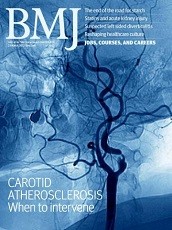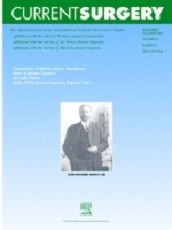Debashis Singh

Extract
Women in some parts of England have to wait up to two months from first seeking advice about an abortion to having the procedure, says a survey. The delays in referral mean that many women are presenting to services later than nine weeks pregnant and cannot be considered for early medical termination using the abortion pill, mifepristone, despite this being a popular option among women. . .The survey, which was conducted by Voice for Choice—an alliance of national pro-choice organisations including British Pregnancy Advisory Service, Marie Stopes International, and the Family Planning Association—reviewed the abortion services of 243 primary care trusts.
Singh D. Delays in abortion referrals limit women’s choices, says report. Br Med J. 2004;328(7455):1518e.


